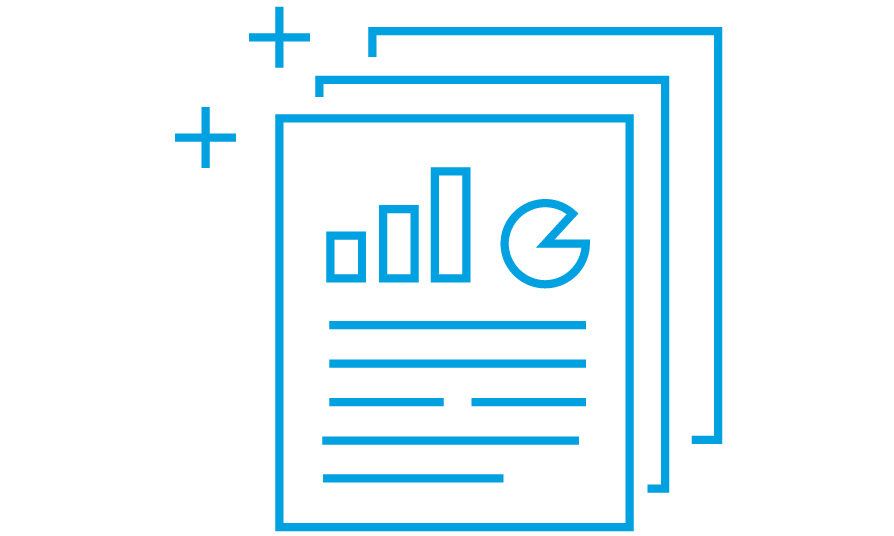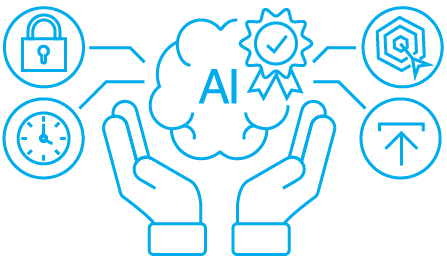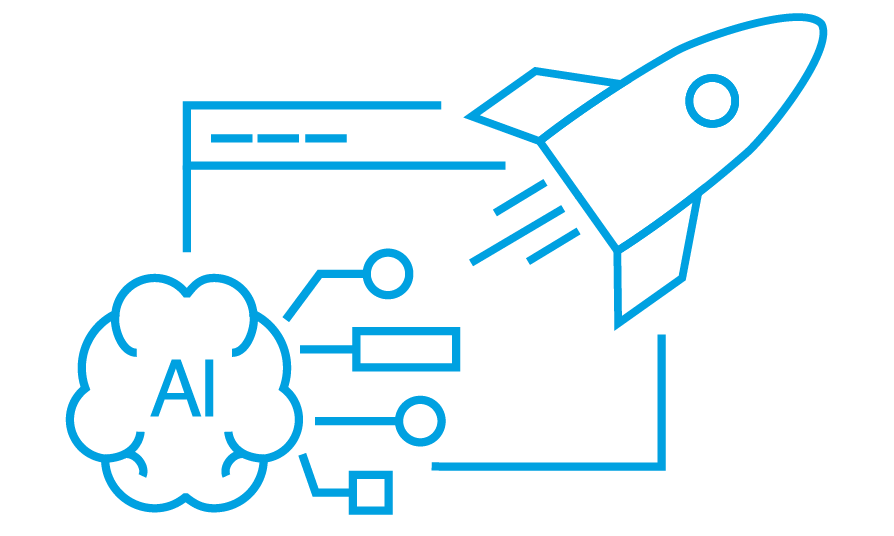- How Applying Data Impacts Businesses’ Growth?
- What Industries Do Benefit from Raw Data?
- Retail
- E-commerce
- Advertising & Marketing
- Telecommunication
- Technology Companies
- Research Entities
- Challenges and Limitations of Data Privacy and Quality
- Regulatory Considerations of Data Choice
- OnAudience's Role in Providing High-Quality and Privacy-Safe Data
In today’s data-driven landscape, the utilization of high-quality raw data serves as a catalyst for innovation, strategic decision-making, and operational optimization across diverse industries.
From retail and ecommerce to finance, telecommunications, and beyond, the transformative impact of raw data is evident in various facets of business operations. Let’s delve into how raw data fuels the growth and development of industries, with comprehensive examples illustrating its profound impact.
How Applying Data Impacts Businesses’ Growth?
The adoption of big data and analytics is prevalent, with 61% of global companies embracing this technology, and 87.9% considering investment in data and analytics a top priority.
Big Data and Analytics Adoption
- The global market for big data analytics is projected to grow from $307.52 billion in 2023 to $745.15 billion by 2030, indicating a substantial CAGR of 13.5%.
- Approximately 60% of surveyed businesses are driving innovation with data, highlighting the widespread recognition of its value and potential impact on business operations.
Cloud Computing and Data Centers
- Worldwide cloud infrastructure spending has reached $225 billion, emphasizing the increasing reliance on cloud technologies for data storage and processing.
- The United States leads in the number of data centers, with a reported 5,375 as of September 2023, signifying the country’s significant role in supporting global data infrastructure.
- North America holds the largest share in the global big data market and is expected to expand at a CAGR of 13.1% from 2024 to 2031, while the Asia Pacific region is projected to experience the highest growth rate, with an anticipated CAGR of 14.4% during the same period.
- The big data and artificial intelligence market in Saudi Arabia is forecasted to reach approximately $5.8 billion by 2032, further emphasizing the substantial economic implications of data utilization for businesses.
These statistics provide a comprehensive overview of the state of big data adoption, cloud computing, and regional trends, offering valuable insights into the evolving landscape of data-driven technologies and their impact on various sectors.
What Industries Do Benefit from Raw Data?
The utilization of raw data has become increasingly prevalent across various industries, offering valuable insights and driving informed decision-making for areas such as:

Retail
In retail, raw data is used for:
- Enhancing Customer Experiences: Tailoring in-store experiences and personalized customer interactions based on customer preferences and purchase behavior.
- Optimizing Inventory: Proactive inventory management to minimize stockouts and reduce excess inventory.
- Refining Marketing Strategies: Conducting targeted marketing campaigns to increase customer engagement and drive sales.
E-commerce
In e-commerce, raw data is used for:
- Demand Forecasting: Predicting product demand and optimizing inventory levels.
- Product Interest Analysis: Gauging customer interest to inform product recommendations and marketing strategies.
- Surge Anticipation: Anticipating surges in demand to plan inventory and marketing efforts proactively.
Advertising & Marketing
In advertising and marketing:
- Targeted Advertising Strategies with Raw Data: Delivering highly targeted and relevant ads to specific demographic groups to maximize the efficiency of ad spend.
- Performance Measurement and ROI Optimization: Tracking metrics such as click-through rates, conversion rates, and customer engagement to refine strategies for optimal results and ROI.
Telecommunication
In the telecommunication sector:
- Network Optimization and Quality of Service: Analyzing raw data to optimize network performance and ensure seamless connectivity and quality of service.
- Personalized Customer Experiences and Service Offerings: Utilizing raw data to personalize service offerings, deliver targeted promotions, and enhance the overall customer experience based on individual usage patterns and preferences.
Technology Companies
Within technology companies:
- Product Development and Innovation with Raw Data: Leveraging raw data to develop new products and features based on user behavior and feedback.
- User Behavior Analysis and Platform Enhancement: Analyzing raw data to gain insights into user engagement, content preferences, and interaction patterns to refine platforms and features.
Research Entities
For academic and commercial research:
- Raw Data’s Contribution to Academic and Commercial Research: Utilizing raw data to conduct empirical research, analyze market trends, and gain insights into consumer behavior to contribute to industry knowledge.
- Driving Market Insights and Industry Knowledge: Leveraging raw data to identify emerging trends, conduct competitive analysis, and provide data-driven insights to support strategic decision-making processes.
Challenges and Limitations of Data Privacy and Quality
In the modern data-driven environment, industries face challenges in ensuring data privacy compliance, addressing data quality issues, and overcoming implementation obstacles such as:
- Data privacy concerns: Industries face the challenge of ensuring compliance with data privacy regulations such as GDPR and CCPA, safeguarding sensitive consumer information, and gaining customer trust.
- Data quality issues: Businesses encounter challenges related to the accuracy, completeness, and consistency of raw data, impacting the reliability of insights and decision-making.
- Implementation challenges: Organizations struggle with integrating disparate data sources, establishing effective data governance frameworks, and building infrastructure capable of handling the volume, velocity, and variety of data.
Regulatory Considerations of Data Choice
Regulatory landscape and compliance requirements play a crucial role in the collection, storage, and usage of raw data within industries. Data protection regulations directly impact how businesses handle and utilize raw data, requiring stringent adherence to data privacy and security standards.
When considering a data partner, it’s essential to ensure that the company adheres to the most pressing industry standards such:
- GDPR (General Data Protection Regulation): Ensures the protection of personal data and privacy for individuals within the European Union and the European Economic Area.
- CCPA (California Consumer Privacy Act): Provides California residents with the right to know, delete, and opt-out of the sale of their personal information.
- TFC 2.2 (Transparency and Consent Framework 2.2): A standard for obtaining and managing user consent for data processing and advertising purposes in compliance with privacy regulations.
- Non-Tracking Headers: Implementation of non-tracking headers in adherence to privacy standards to signal a user’s preference not to be tracked across websites.
- Support of Opt-Out Mechanism: Providing users with the option to opt-out from data collection and processing for targeted advertising or other purposes.
OnAudience’s Role in Providing High-Quality and Privacy-Safe Data
OnAudience processes data from billions of devices across the world, as a global data provider, offering high-quality and privacy-safe data that powers digital campaigns and business solutions across various industries.
The company ensures compliance with GDPR and CCPA, providing data in line with the best market standards to guarantee data quality and safety.
OnAudience’s own data science team assists in preparing specific data sets that meet businesses’ individual needs, further emphasizing the company’s commitment to tailoring data solutions for optimal impact.
Are you looking for high-quality data for your business?



